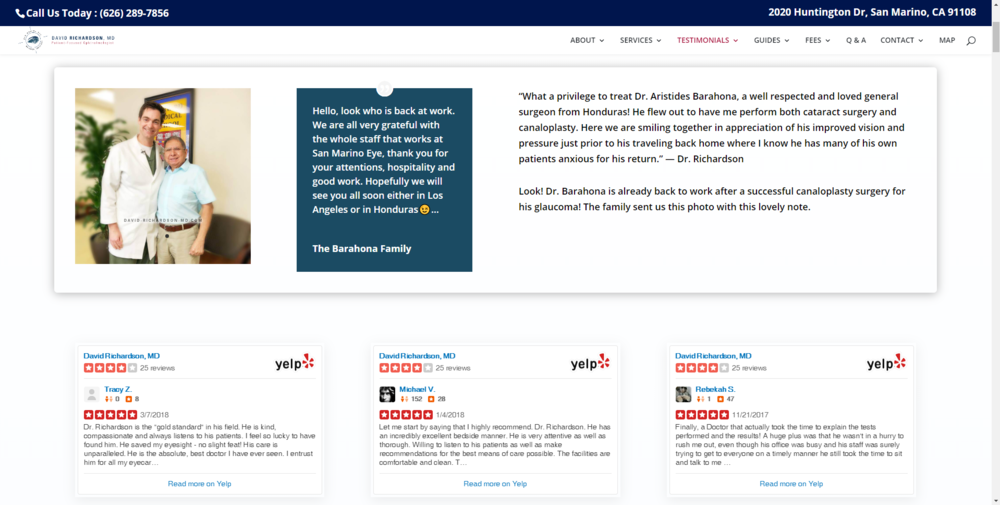In today’s digital age, a website is one of the most crucial assets of any dental practice. It acts as a virtual shop front that welcomes potential patients and provides them with the necessary information to make an informed decision about whether to visit the practice or not. But how can a dental practice ensure that its website is not only attractive, but also effective in driving conversions? This article will explore the impact of user experience on conversions for dental websites and provide tips to optimise user experience for better conversion rates.
User experience (UX) is the general process a typical visitor will follow on a website. It encompasses everything from the ease of navigation and the quality of content, to the responsiveness of the website on different devices. A positive UX can lead to a higher conversion rate, while a poor UX can result in potential patients bouncing off the website without taking any action.
Here are some useful tips for optimising user experience on your websites.
Clear navigation
The navigation bar should be easy to find, and the labels should be clear and concise. A clear navigation menu helps users find the information they need quickly, which can improve their experience and encourage them to stay on the website longer.
Responsive design

A responsive design ensures that the website looks great and functions well on different devices, including desktops, laptops, tablets, and smartphones. A website that is not optimised for mobile devices can result in a poor user experience, which can lead to a higher bounce rate and lower conversion rates.
High-quality visuals
High-quality images and videos can make a significant difference in the overall user experience. Using stock photos can make the website appear generic and untrustworthy, while using actual photos of the practice and team members can help establish trust and build a connection with potential patients.
Clear call-to-action
A clear call-to-action (CTA) is essential for converting website visitors into patients. The CTA should be prominently displayed, and the language should be action-oriented and specific. For example, ‘make an appointment today’ has more of an effect than ‘contact us’.
Patient testimonials

Testimonials help create a feeling of trust and show you as credible to potential patients. Testimonials should be prominently displayed and include the patient’s name, photo, and a brief description of their experience with the practice.
In addition to these tips, there are some other best practices that dental practices should follow to optimise their websites.
Fast loading speed
A slow-loading website can result in a poor user experience and a higher bounce rate. Dental practices should ensure that their website loads quickly to avoid potential patients bouncing off the website.
SEO optimisation
Search engine optimisation (SEO) is critical for ensuring that the website ranks well in search engine results pages (SERPs). Dental practices should optimise their website for relevant keywords to improve their visibility in search results.
Blogging:
Blogging can help establish a dental practice as a thought leader in the industry and provide valuable information to potential patients. Dental practices should create a blog section on their website and regularly publish high-quality, informative blog posts.
In conclusion, user experience plays a vital role in driving conversions for dental websites. By optimising user experience through clear navigation, responsive design, high-quality visuals, clear call-to-actions, and patient testimonials, dental practices can improve their conversion rates and attract more patients. Additionally, dental practices should follow best practices such as fast loading speed, SEO optimisation, and blogging to further improve their website’s performance
